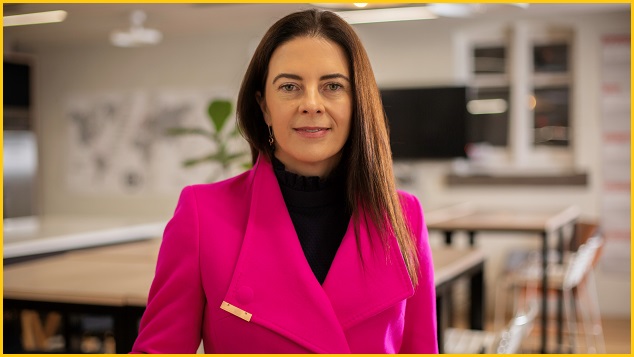CSIRO, Australia’s national science agency, has appointed Professor Bronwyn Fox as its new Chief Scientist.
Professor Fox is a materials and engineering scientist with deep knowledge in manufacturing and Industry 4.0.
She was founding director of Swinburne University’s Manufacturing Futures Research Institute, and is a Fellow of both the Academy of Technological Sciences and Engineering (ATSE), and the Royal Australian Chemical Institute (RACI).
“It is wonderful to return to CSIRO as Chief Scientist after starting as a 22-year-old research assistant, and to be able to champion science research and capability, working with industry and fostering STEM careers,” Professor Fox said in a statement.
“The depth of scientific research at CSIRO and its committed people are a unique and special national treasure and I look forward to taking up the role.”
Professor Fox is the CSIRO’s fourth female Chief Scientist, and follows in the footsteps of Dr Cathy Foley who became Australia’s Chief Scientist late last year.
Dr Larry Marshall, CEO of the national science agency, said Professor Fox was “brilliant but humble” and “a generous collaborator”.
“She has a long history of bringing together researchers from across multiple scientific domains and institutions, leveraging digital science, and helping industry to translate brilliant ideas into real world solutions,” Dr Marshall said.
COVID-19 highlighted the need for advanced economies to develop sovereign advanced manufacturing industries.
A lack of vaccine production slowed down the government’s rollout strategy as it awaited international supply that was being held up in Europe.
While internationally, the global computer chip shortage has forced the US to radically reconsider its heavy reliance on off-shore silicon production.
Dr Marshall said Professor Bronwyn was an important figure in helping improve local manufacturing.
“Her sustained commitment to supporting the growth of the manufacturing industry in Australia strongly supports our purpose to deliver solutions from science that drive Australia’s economic recovery and resilience,” he said.
Local sentiment has swung over the past year with Australian business expecting to bring manufacturing back on-shore while politicians on both sides of the aisle have called for more industry focus with the government putting together a $1.5 billion Modern Manufacturing Strategy.










